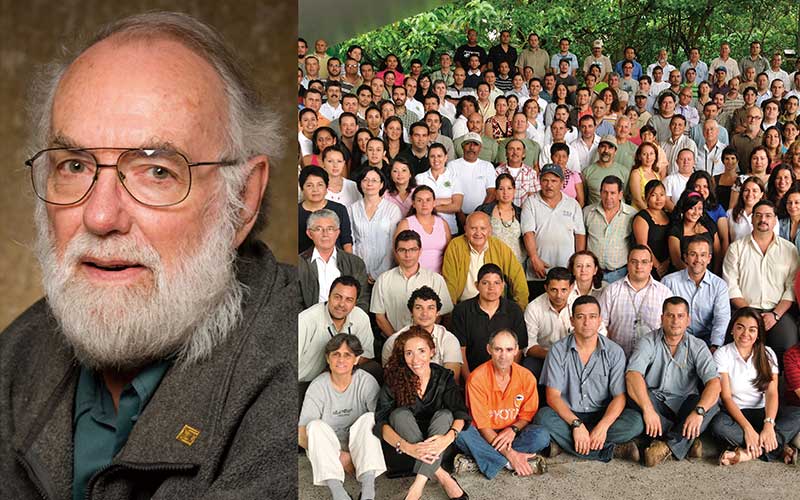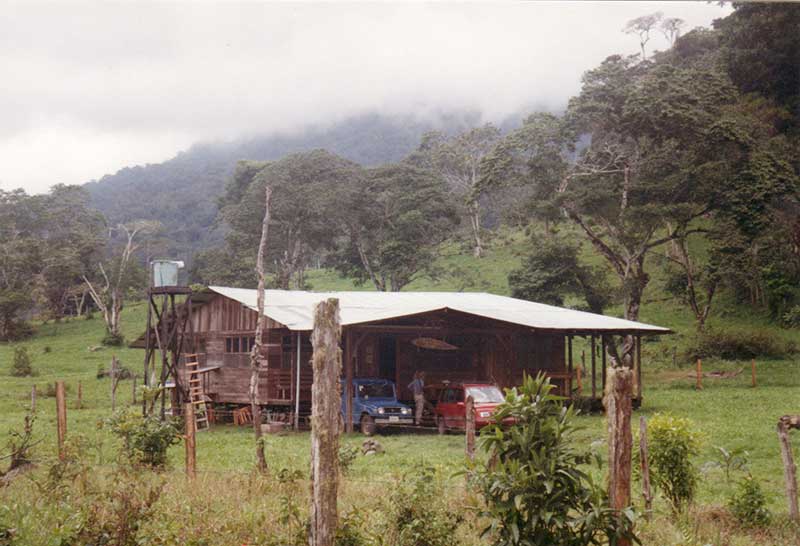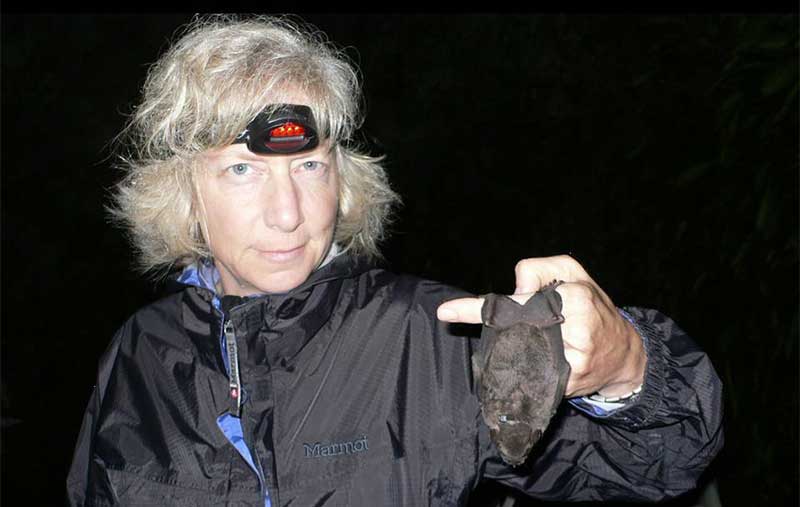On the farmland, she found a more extensive range of birds than she expected. She also had a chance to see Amazonian royal-flycatchers with their vivid colors.
Professor Daily was very surprised to see them and learned that farmlands were also precious habitats for birds. She realized that she needed to pay more attention to this because she may find something that she would not be able to find in the forest.

An Amazonian royal-flycatcher on farmland in Costa Rica












